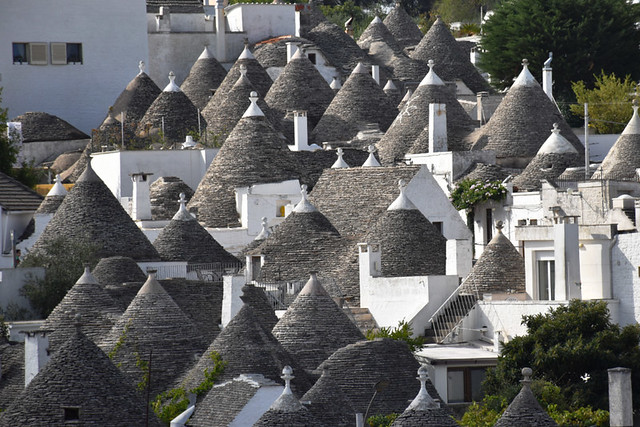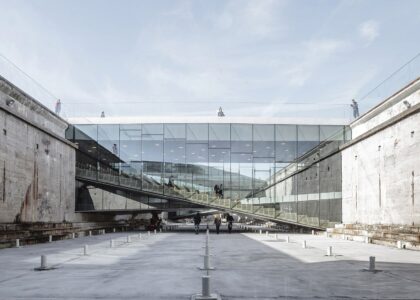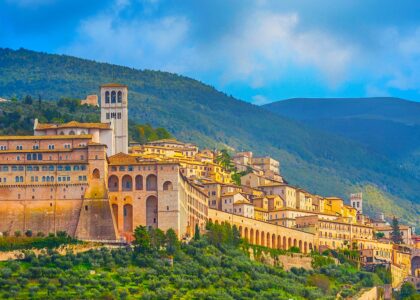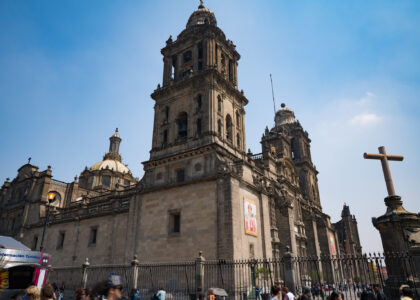Alberobello and the Trulli Houses:
No visit to Puglia is complete without a trip to Alberobello, a UNESCO World Heritage Site famous for its unique Trulli houses. These traditional stone dwellings, with their conical roofs, date back to the 14th century and are scattered throughout the town. The Trulli houses are made from limestone and feature a distinct dry-stone construction technique, with many adorned with symbolic shapes and motifs on their roofs.
Wandering through the narrow, cobblestone streets of Alberobello feels like stepping back in time. The Trulli structures, with their charming, whitewashed exteriors, are not just visually stunning but have an air of mystery surrounding them due to their original purpose. Historians speculate that they were built this way to avoid taxes, as the roofs could easily be removed when the authorities came to inspect the properties. Today, many of the Trulli have been converted into homes, restaurants, and shops, creating a whimsical and picturesque atmosphere.
Visitors can explore the “Rione Monti” and “Rione Aia Piccola” districts, where the majority of these homes are located, and immerse themselves in the charm of this one-of-a-kind village.

Gargano National Park:
For nature lovers and adventurers, Gargano National Park is one of the most exciting and diverse destinations in Puglia. Situated in the northern part of the region, the park covers over 120,000 hectares of lush forests, dramatic cliffs, rolling hills, and pristine beaches. It is home to a wide variety of flora and fauna, including ancient oak trees, olive groves, and diverse wildlife, making it a haven for hiking, birdwatching, and outdoor exploration.
One of the most impressive aspects of the Gargano National Park is its vast, rugged landscape, where travelers can experience both the tranquil beauty of the countryside and the awe-inspiring power of the Adriatic coastline. Visitors can hike along scenic trails, such as the Path of the Gods or visit Monte Sant’Angelo, a charming medieval village perched on the edge of the park with spectacular views.
In addition to natural beauty, the park is rich in cultural and historical significance, with notable landmarks such as the Monte Sant’Angelo Sanctuary, which has been a site of pilgrimage for centuries. Gargano National Park offers a perfect blend of outdoor adventure, history, and stunning landscapes.
The Castel del Monte:
Rising dramatically from the plains of western Puglia, the Castel del Monte is an iconic 13th-century fortress built by Emperor Frederick II of Swabia. Known for its striking octagonal shape, the castle is one of Italy’s most recognizable architectural gems and a UNESCO World Heritage Site. Its design is a masterpiece of medieval architecture, blending elements of Islamic, Gothic, and Romanesque styles.
The castle’s symmetry and precision are truly remarkable, with eight identical sides, eight towers, and perfectly aligned doors and windows that create a sense of harmony and balance. The reason behind its unusual shape and layout is still debated by historians, but it is believed to have had both military and symbolic significance, perhaps representing the emperor’s power and connection to the number eight, a symbol of eternity.
Visitors to Castel del Monte are treated to a fascinating glimpse into the grandeur of medieval architecture, while also being surrounded by panoramic views of the surrounding countryside. Whether you are an architecture enthusiast, a history buff, or just someone who enjoys scenic beauty, Castel del Monte is a must-visit attraction.





